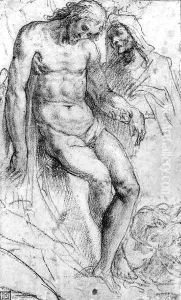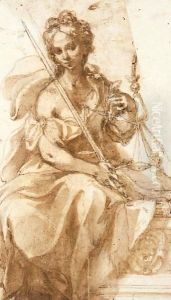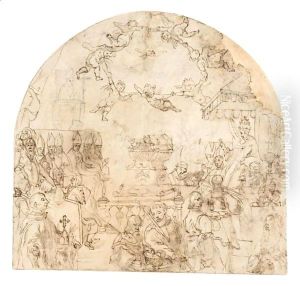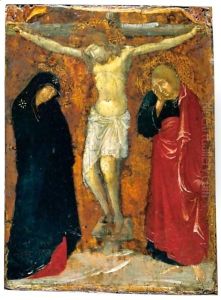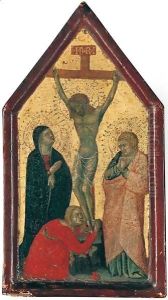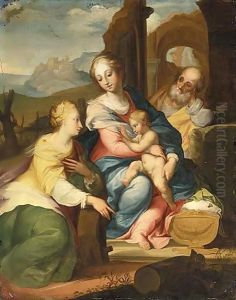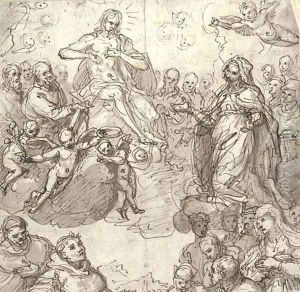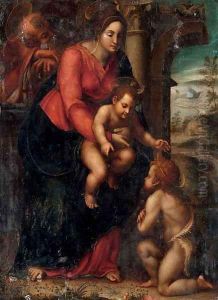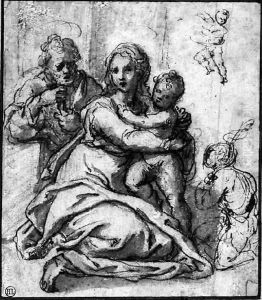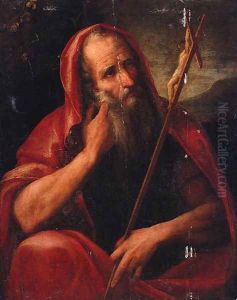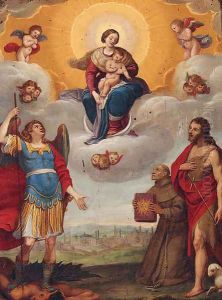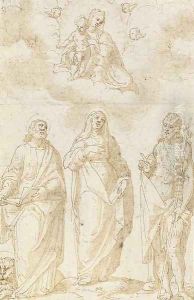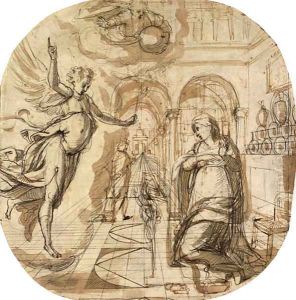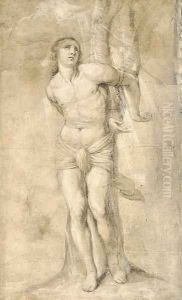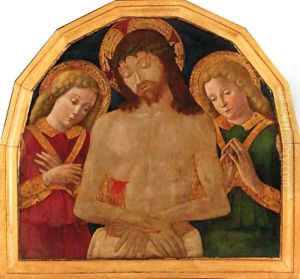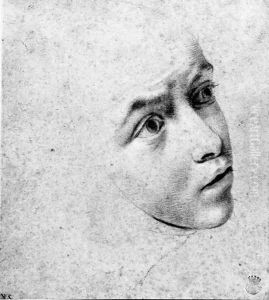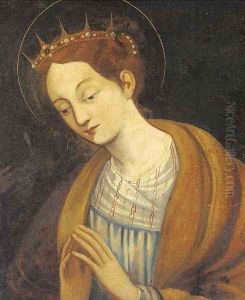Sienese School Paintings
The Sienese School refers to a style of Italian Gothic painting that originated in Siena in Tuscany, emerging around the 13th century and flourishing until the 15th century. Unlike its rival, the Florentine School, which emphasized linearity and formal austerity, the Sienese School is characterized by its use of vibrant colors, elaborate decoration, and a more expressive approach to emotion in art. Key figures in the Sienese School include Duccio di Buoninsegna, whose works are noted for their intricate narrative detail and emotive power; Simone Martini, famous for his refined elegance and the exquisite detail of his works; and the brothers Pietro and Ambrogio Lorenzetti, who introduced new levels of realism into their paintings through their exploration of light and shadow. The influence of Byzantine art remained strong in Siena longer than in Florence, contributing to the school’s distinctive, ornate style. The decline of the Sienese School began in the 15th century as Renaissance ideals originating in Florence under artists like Brunelleschi, Masaccio, and Donatello began to dominate the Italian art scene.
